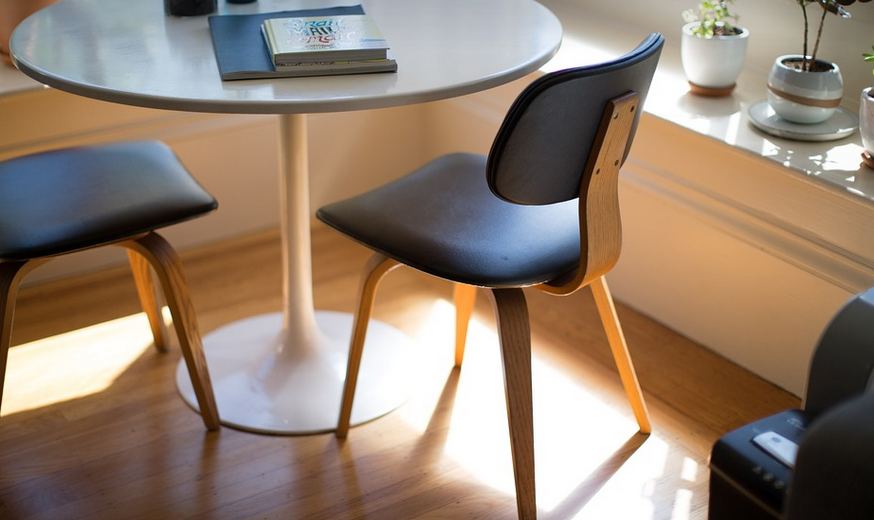
Conquering Toilet Bowl Stains: A Guide To Sparkling Cleanliness
The Battle Against Bathroom Blights
Let’s face it, cleaning the toilet bowl can sometimes feel like a mission impossible. Gritty stains from stubborn urine and mysterious marks you just don’t understand lurking in the shadows – they all seem to conspire against your best efforts. But fear not! This guide will equip you with the knowledge and tools needed to tackle those pesky stains, leaving your bathroom sparkling clean and smelling fresh again.
The key to winning this battle lies in understanding the enemy—the dreaded stain itself. What makes these stains so stubborn? The answer lies in their composition: they’re often a mix of mineral deposits from hard water, bacteria, urine salts, and even some leftover soap scum. But don’t despair, as we’ll uncover the secrets to conquer them all.
Methods for Tackling Stubborn Stains
One common misconception is that you need a specialized cleaning product or an expensive “toilet bowl cleaner.” While chemical cleaners can certainly help, they often come with their own set of downsides—potential harshness on the porcelain and even environmental concerns. The good news is, there are plenty of effective and eco-friendly ways to tackle those stains without resorting to drastic measures.
First, let’s dive into the art of prevention. Regular cleaning isn’t just about removing stains – it’s about maintaining a healthy bathroom environment. This includes flushing your toilet often, using less water while brushing your teeth, and even using a squeegee to wipe away excess moisture after each use. This can prevent those stubborn stains from forming in the first place.
1. The Power of Baking Soda: A Natural Cleaning Superstar
Baking soda, an ordinary kitchen staple, holds a surprising amount of cleaning power. It’s naturally alkaline, making it perfect for neutralizing acidic stains caused by urine and soap scum. To use baking soda for your toilet bowl, sprinkle a generous layer over the stain and let it sit for about 15 minutes. Then, add a cup of water and gently scrub the area.
Baking soda is also excellent at absorbing odors, so this can be particularly helpful if you’re struggling with lingering smells in your toilet bowl. As you’re scrubbing, don’t forget to address any other stains or build-ups around the rim.
2. White Vinegar: The Chemical Dethrone
For stubborn stains that just won’t budge, white vinegar shines as a powerful cleaning agent. It’s acidic and natural, capable of breaking down even the most resilient mineral deposits and bacteria. Mix equal parts of water and white vinegar in a spray bottle and spray it directly onto the stain.
Leave the solution to sit for about 10 minutes before scrubbing with a toilet brush. Rinse thoroughly with clean water to ensure all residue is gone. You won’t be surprised at how powerful this combination can be
3. The Art of Citrus Power: A Natural Cleaning Boost
The acidic power of citrus fruits like lemons and oranges makes them a fantastic natural cleaning aid for removing stains. They’re readily available, cost-effective, and gentle on your porcelain. Simply cut the citrus fruit in half, rub it over the stain with the flesh side down, or squeeze out some juice and apply directly to the stain.
The citrus oils in lemon or orange juice have natural bleaching properties that can help lighten stains and brighten your toilet bowl. Again, allow time for the solution to work its magic before scrubbing. For added cleaning power, you could also mix a little baking soda with the citrus juice, which will enhance the stain-removing effect.
4. The Power of Hydrogen Peroxide: A Double Agent
For those stubborn stains caused by urine salts or hard water deposits, hydrogen peroxide is an effective chemical cleaner to consider. Its oxidizing properties can work wonders on removing these specific types of stains. Apply a small amount of diluted hydrogen peroxide (water and peroxide in the same ratio) directly to the stain.
Hydrogen peroxide works best with mild stains. Be sure to test it in a hidden area first, as heavy-duty cleaning can sometimes etch the porcelain over time.
5. The Power of Nature: The Green Cleaning Guide
Beyond specific solutions, remember that nature offers many eco-friendly ways to clean your toilet bowl. For example, you can use a mixture of water and essential oils like lemon or tea tree oil. These oils have natural antibacterial properties that can help eliminate odors and freshen the bathroom.
A Quick Cleaning Routine for a Sparkling Toilet Bowl
To streamline this cleaning routine, it’s important to create a quick but effective process:
- Regular maintenance is key! Flush your toilet regularly and use a squeegee after each time to remove any excess moisture.
- Utilize preventative measures. Avoid using harsh chemicals or overuse of soap, and consider adding a drain cleaner occasionally for routine maintenance.
- Combat stains with targeted cleaning solutions. Experiment with different methods and products to find your preferred approach.
The Importance of Ventilation: Fresh Air for a Cleaner Bathroom
A well-ventilated bathroom is vital, not just for removing unpleasant odors but also for maintaining the healthiness of your toilet bowl. Ventilation plays a crucial role in preventing bacteria buildup.
Remember, while these methods can help you tackle those stubborn stains, occasional deep cleaning might be necessary. A thorough scrubbing with baking soda and white vinegar solution every few months will ensure the longevity of your clean toilet bowl.
The Takeaway: Cleanliness is Key for a Fresh and Healthy Bathroom
Cleaning the toilet bowl doesn’t have to feel like a daunting task, especially when you understand the science behind it. By utilizing natural cleaning solutions, implementing preventative measures, and following a well-structured cleaning routine, you can conquer those stubborn stains, keep your toilet looking its best, and preserve its longevity.